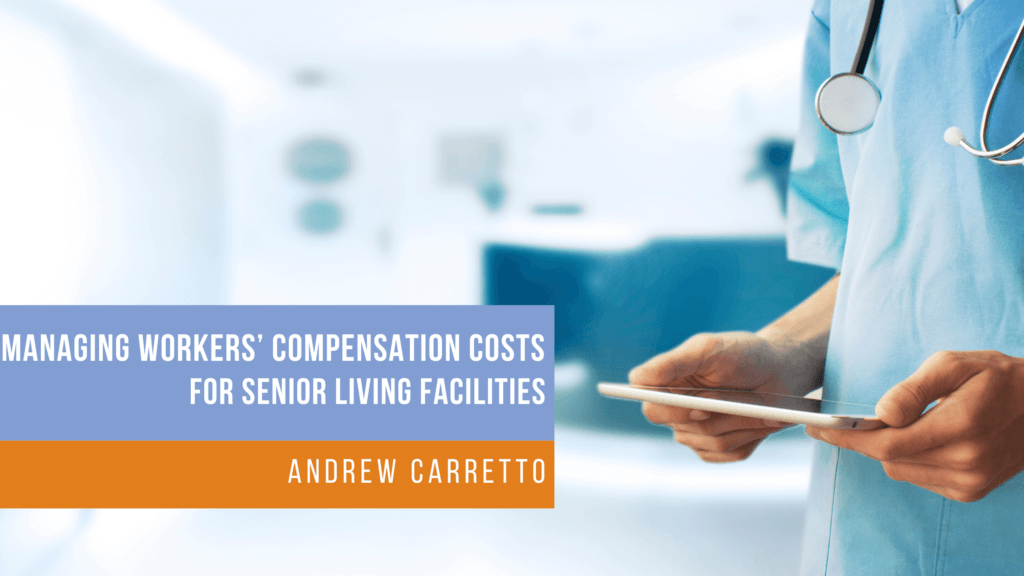Propel provides innovative insurance solutions to thousands of companies across the country. We make it our business to know your world inside and out.
Insights, Senior Care, Workers' Compensation
Managing Workers’ Compensation Costs for Senior Living Facilities
You work hard to keep your senior living facility safe for both your residents and your staff. However, even with favorable loss experience, your workers’ compensation insurance rates seem to increase every year.
Sound familiar?
Securing affordable workers’ compensation can be challenging, and if you’re in a program that’s not customized to your needs, you might be overpaying – even if you think you’re in a good loss-sensitive plan.
Keeping Senior Living Workers Safe
Workers in the assisted living sector can face numerous risks to their health.
The U.S. Bureau of Labor Statistics (BLS) says that residential facilities have a work-related injury rate of 11.5 cases per 100 workers in 2020. This is much higher than the injury rate for the private sector, which BLS says was 2.7 cases per 100 workers in 2020.
According to OSHA, musculoskeletal disorder, workplace violence and slips, trips and falls are among the hazards seen at nursing homes and personal care facilities. By implementing policies, procedures and training to manage these risks, senior living management can help keep workers safe. However, this may not be enough to keep workers’ compensation rates down.
Many Facilities Are Seeing Work Comp Hikes
Because of the risks seen in the senior living sector, facilities can face high workers’ compensation costs. At the same time, rates have been increasing across industries, and this is impacting the senior living sector along with everyone else. Staffing challenges along with overworked current employees is causing an overall increase in the frequency of claims. This impact will affect the industry for years to come.
MarketScout reports that workers’ compensation rates increased 1% in the first quarter of 2022. These rate hikes are not as high as what we’re seeing in many other lines – umbrella liability rates were up 9.7% – but it still represents higher costs. However, given the staffing shortages and corresponding increase in work comp claims that we’re seeing now, it’s only a matter of time until work comp rates see even higher increases.
State rules will also impact rates, and we’re seeing increases at that level, as well. For example, the Washington State Department of Labor & Industries implemented a 3.2% overall average rate increase for 2022.
Take Control of Your Work Comp Costs
Rates are rising, but that doesn’t mean that your senior living facility has to pay more. There are many cost-control options, including policies with large deductibles, retrospective rating programs, and captive programs.
If you’re paying higher premiums each year despite having a good loss experience, it’s time to look into alternatives that allow you to take control of your costs and to be financially rewarded for having a great safety culture.
You might be surprised to learn that these options are not just available for larger companies. Mid-size business owners can also take advantage of these options in many cases – although they may never have been offered loss-sensitive alternatives before.
Your Loss-Sensitive Plan May Not Be as Good as You Think
If you’re currently in a loss-sensitive plan, you might assume that you’re already saving as much as you can. Not necessarily. You might be getting hit with large medical cost containment fees without even realizing it.
Here’s what happens. Let’s say a large carrier is offering a loss-sensitive plan. They say they’re saving you 65%, and you’re very happy with that number. However, many carriers charge back a medical cost containment fee for those savings, sometimes as high as 25% of your overall savings. Suddenly, your savings aren’t nearly as high. To make matters worse, you may not realize you’re paying this fee because it’s built into the allocated expenses of the claim. You still think you’re saving 65%, and you don’t realize you could increase your savings by choosing a different partner.
Not all carriers do this, but many do, and a lot of brokers don’t talk about it. By raising awareness of this practice and looking for carriers that don’t charge medical cost containment fees, senior living organizations stand to lower their costs substantially.
Act Before Your Next Renewal
Don’t wait until you get hit with yet another rate hike at your next policy renewal. At that point, you may not have time to look into alternatives, and you could end up getting stuck with an option that costs more than it should.
It’s best to start exploring your options 60 to 90 days before your renewal. This way, you’ll have two to three months to figure out what works best for your organization and to get everything set up.
Get the Support You Need
Navigating your workers’ compensation options can be challenging. Propel can help. We specialize in loss sensitive workers’ compensation options for senior living facilities, and we offer many different solutions that can be customized for each account. We also work with carriers that don’t charge medical cost containment fees, so your savings are yours to keep.
Because we specialize in this industry, we have relationships with carriers that other brokers might not use, including regional carriers with national capabilities. We’ll walk you through the process step by step and pair you with a carrier or TPA to assist with administration. Our team will provide risk management and claims management.
Are you ready to take control of workers’ compensation costs at your senior living facility? Contact me to learn more. You’ll be glad you did.
Andrew Carretto
andrew.carretto@propelinsurance.com


